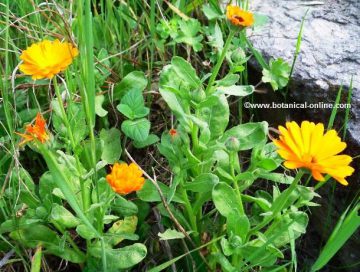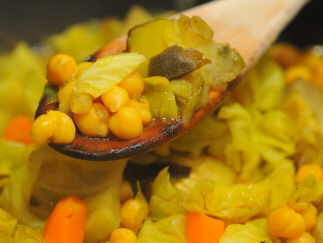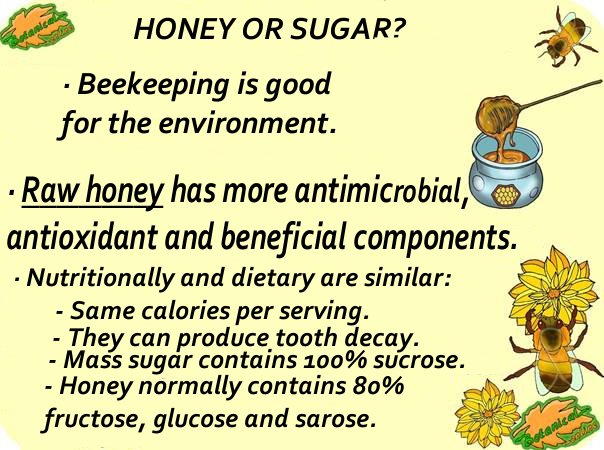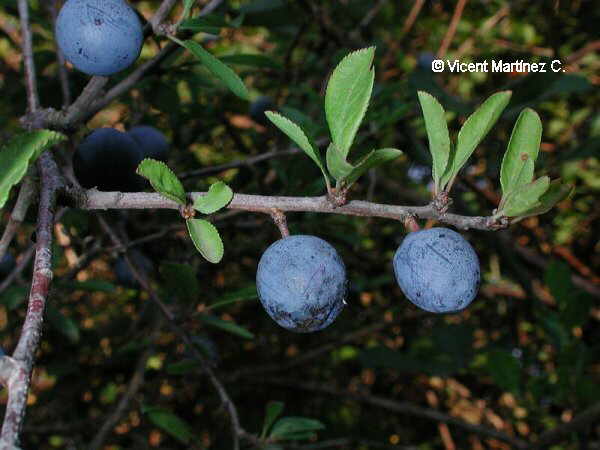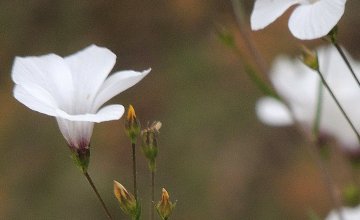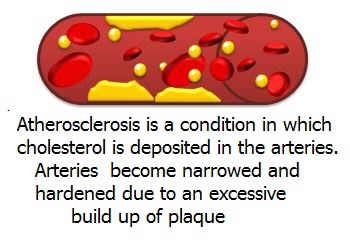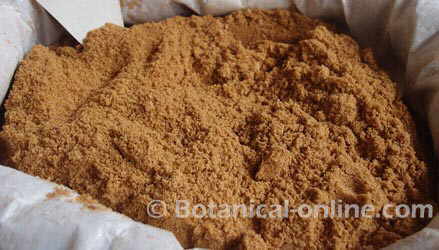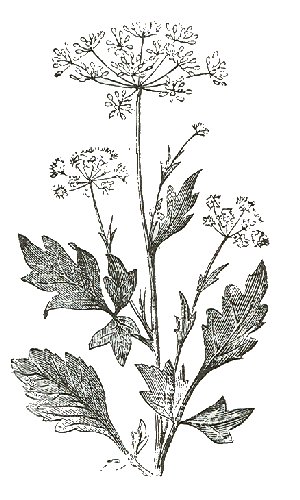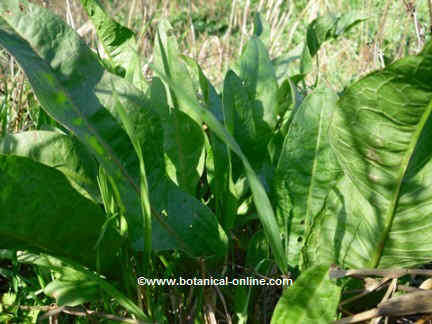Contents
- 1 Herbal treatment for seborrheic dermatitis
- 1.1 Phytotherapy: Medicinal plants remedies for the treatment of seborrheic dermatitis
- 1.2 External use preparations for affected body areas except the hair
- 1.3 Internal use preparations for affected body areas except the hair
- 1.4 Preparations for seborrheic dermatitis affecting your hair
- 1.5 Other natural remedies for Seborrheic Dermatitis
Herbal treatment for seborrheic dermatitis
Phytotherapy: Medicinal plants remedies for the treatment of seborrheic dermatitis
The role of phytotherapy in the treatment of seborrheic dermatitis is to provide the plant treatments with the following purposes:
- Plants that help prevent the onset of allergies.
- Plants that soften and hydrate the skin
- Plants that reduce itching, inflammation or irritation.
- Plants that prevent blisters or pustules to become infected
Among the main possible plants, we can include the following:
External use preparations for affected body areas except the hair

Calendula photo Mallow (Malva sylvestris), for its mucilage content, it softens the skin and also helps eliminate other skin anomalies, such as pimples, sores, etc. (Decoction of 40 g of dried leaves in one liter of water. Apply a compress soaked with the liquid resulting for 1 / 4 of an hour twice a day)
- Chamomile: (Matricaria chamomilla) Its richness in mucilages makes it very valuable for skin treatment. The large presence of compounds with antiseptic and vulnerary properties- apigenin, chamazulene, gentisic acid, etc – are very convenient for skin care and for hair repair (Apply wet compresses on the affected part. The baths will be carried out fully loaded with an infusion of dried flowers in a couple of liters of water for 15 minutes. The flowers used in these treatments must be of the annual harvest. They mustn’t be keep more than a year.)
- Aloe (Aloe vera) Aloe juice or gel has antiseptic, antibacterial, anti-inflammatory, moisturizing and regenerative properties. (Apply aloe gel to the affected area)
- Calendula (Calendula officinalis, Calendula arvensis) These plants have antibiotic or anti-inflammatory properties, very suitable for the treatment of contact dermatitis. (Infusion of a spoonful of flowers per cup of water. Drench affected area.) (Use a few drops of essential oil diluted in water)
- Cucumber (Cucumis ssp.) A good way to perform a smoothing cream is to crush a couple of cucumbers in a blender and spread the mashed pulp in a cream on the skin for 30 or 45 minutes.

Chickpea Plantain (Plantago major) Fresh plantain leaves are one of the best vulnerary, that is to say, they have the property to disinfect and promote healing. This property is attributed both to its richness in tannins, with healing and hemostatic function, and its contents to allantoin, a substance that has the ability to stimulate the growth of skin cells and replace those that were damaged. (A fresh leaf of this plant, washed and applied to a wound, will help stop the flow of blood to heal and prevent the risk of infection)
- Agave (Agave americana) With the liquid from the maceration of the tender leaves hair can be rinsed after using a natural shampoo
- Walnut (Juglans regia) The astringent, antifungal and antiseptic properties of juglone content of walnut leaves and covers can be used as vulnerary and bactericide. They are useful to treat skin problems like eczema, psoriasis, dermatitis, pimples, itching, etc. (Infusion of 10% of dry leaves in a liter of water. Apply wet compresses on the affected area) (Pour a handful of dry leaves in the bath)
- Raspberry (Rubus idaeus) Externally, the astringent properties of tannins and the healing properties of ascorbic, benzoic and caffeic acids together with its richness in zinc, give raspberries vulnerary properties, appropriate to remedy skin problems. (Decoction for 1 / 4 hour of 5 tablespoons of dried leaves per liter of water. Let stand 15 minutes. Wash the affected area with the resulting liquid)
- Hops (Humulus lupulus) (Wet a gauze with a few drops of tincture of hops, diluted in a glass of water, and apply on affected area)
- Oats (Avena sativa) Oats are very useful to relieve itching. Apply a cold compress with oat water. (Oat water is done with an infusion of a half cup of oats per liter of water. Squeeze the mixture to remove the liquid)
- Chickpea (Cicer arietinum) in medicine from India, raw chickpea flour mixed with yogurt or curd is applied on the skin to combat eczema, dermatitis, pimples and other skin imperfections.
Internal use preparations for affected body areas except the hair
- Sarsaparilla (Smilax aspera) The purification capacity makes it a good remedy for treating skin anomalies where, in most cases, occur as a result of excess toxins in the body (Maceration for 12 hours of 2 tablespoons of dried root in half a liter of water. Decoction of this maceration for 20 minutes. Take a couple of glasses a day).
- Mango (Mangifera indica) Besides vitamin A and vitamin C, mango is rich in vitamin B. It contains niacin (Vitamin B3) necessary for the proper functioning of the nervous system, skin health and fat metabolism and, above all, pyridoxine (vitamin B6) which is transcendental for the synthesis of amino acids, fat metabolism, healthy hair wholesome skin and the appropriate balance of body fluids. Thus, eating mango is a good way to prevent hair loss or skin dermatitis.
Preparations for seborrheic dermatitis affecting your hair
Apart from some body areas, such as face, eyebrows, underarms or chest, seborrheic dermatitis can affect your hair health, causing oily hair (seborrhea) or dry hair (dandruff). See more detailed studies of these anomalies in the following links.
Other natural remedies for Seborrheic Dermatitis
– Home remedy : Apart from the previous remedies, in order to prevent the itching, we can mention the use of baths with oatmeal or you can take a warm bath in which you have dissolved sodium bicarbonate in the ratio of one tablespoon per half a liter of water.
![]() More information about remedies for seborrheic
More information about remedies for seborrheic

